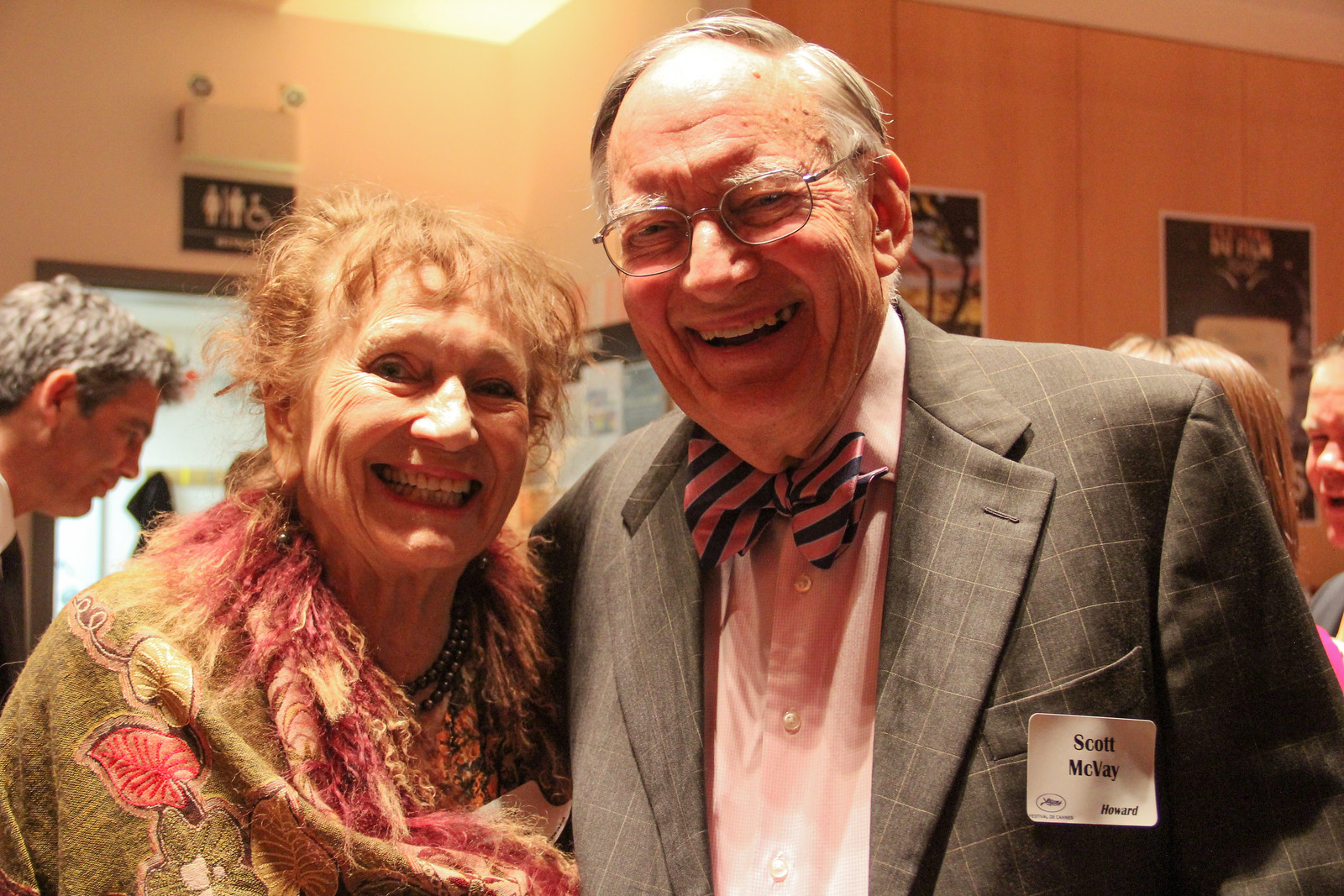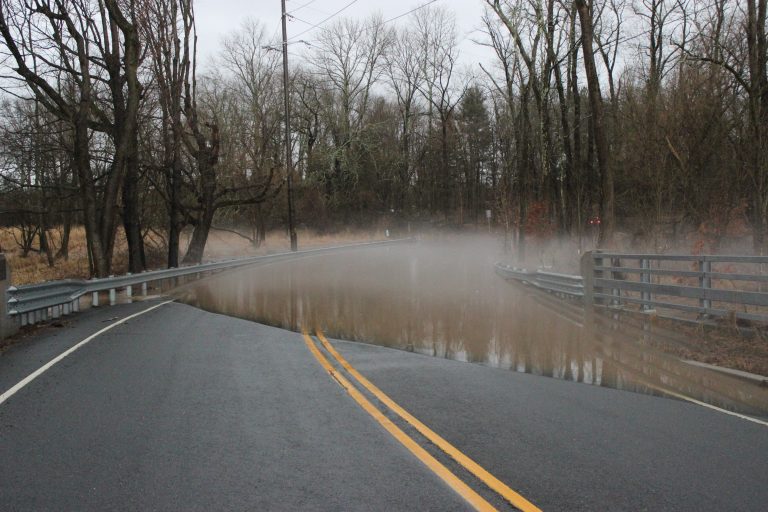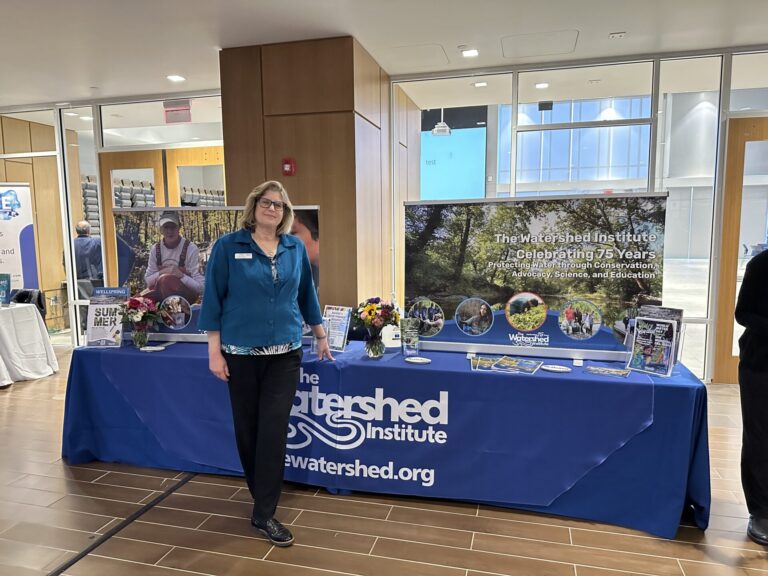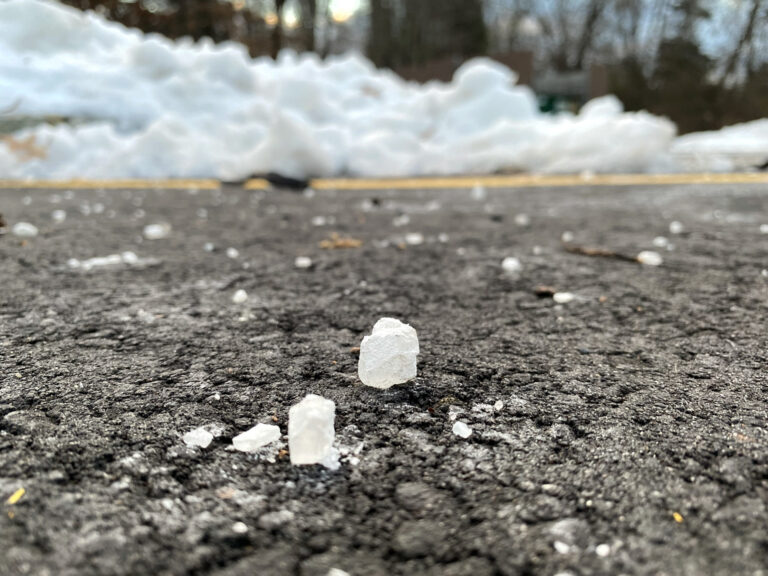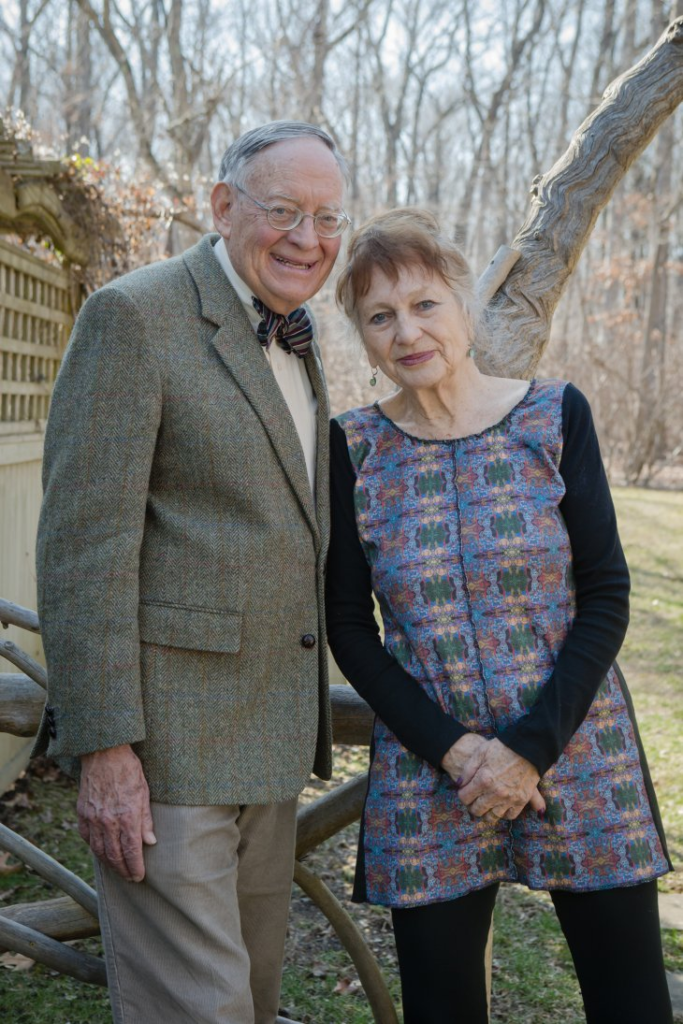
Hella and Scott McVay are accomplished leaders who have made important contributions to the protection of New Jersey’s environment during their decades of residence in the Princeton area. Hella, a noteworthy mathematician, was a founder of the Whole Earth Center in Princeton 50 years ago on Earth Day with several other women. The Center was the first organic food store in New Jersey. Among Scott’s many leadership positions was his tenure as the first executive director of the Geraldine R. Dodge Foundation. He was instrumental in making environmental protection a fundamental goal of the foundation. Below is Hella’s account of the founding of the Whole Earth Center
On April 22, 1970, the first Earth Day took place. It is now a global event each year with more than one billion people in 192 countries taking place.
Where does the Whole Earth Center get its name from? The Whole Earth Catalog was a magazine published by Stewart Brand several times a year between 1968 and 1972 and some later. It focused on self-sufficiency, ecology, and “do-it-yourself.” We, a small group originally of five women, had no experience in retailing certainly, tried to do it ourselves. We wanted to leave some discrete institution behind after the first Earth Day, a Whole Earth Center, where “healthy food” for the Earth and its people is sold, and books and articles on environmental issues can be read, discussed, and acted upon.
The first place we found was on Nassau Street across from then Davidson’s grocery in a run-down University house. We raised a little money, and I took out a $5,000 loan, which shocked my husband. I enjoyed working with Florence Falk, Bobbi Parmet and some students cleaning the place and getting the first shipments from Walnut Acres, PA, the only organic supplier at the time.
Walnut Acres also has a fascinating history. Founded by Paul Keene, a friend of Gandhi and a student of Rodale’s Organic Farming and Gardening, Keene was also a friend of Rudolph Steiner of the Anthroposophical Society. That was why the Waldorf School of Princeton took an early interest in WEC, where the parents and teachers were good clients.
We placed whole wheat, oats, nuts, etc., in beautiful big wooden barrels, and our tiny place looked very different from any other stores, and, therefore, maybe suspicious. I remember the day a little old lady asked me, “What is happening in there?” “You tell me,” I said. She answered, “It’s going to be an abortion clinic.” I invited her in to have a good look and take a nibble from some healthy, tasty food.
One point of great importance was thoroughly discussed: the structure of the Whole Earth Center. At the time the co-op idea was new and prevalent. We rejected this as an organizational union. We thought that folks who brought their goods to the store would overshadow our larger vision for the “Center” and focus mainly on their products. So with the help of a dear, intelligent local lawyer (Sam Lambert), we became a “not-for-profit” store. This idea broke many people’s heads. Isn’t the idea of a store to make a profit? Yes, but what to do with profit mattered to us. After paying Federal and State taxes, we wanted to support worthy environmental groups. And I am always so happy and proud to see the Whole Earth Center listed as a supporter of the Princeton Public Library’s Environmental Film Festival, animal welfare groups, land protection organizations, and so many more.
Rachel Carson’s Silent Spring and the DDT crisis was still festering and needed more attention. This became an early project. Pesticide-free lawns – we had eye-popping purple placards – not automatic spraying in schools and public spaces, lanes for bikes and sidewalks, later community gardens as ISLES (Elizabeth Johnson!) had created.
The proper care of our so hardworking, caring and devoted employees was equally important to us. I learned so much by trying to find appropriate workman compensation, healthcare insurance, and a modest pension plan for long-term staff. I remember when we announced the health insurance plan, a young man said to me, he did not need the insurance, because he eats well and is healthy. I asked him, “How do you get to the WEC?” “I ride my motorbike.” I said to him: “You certainly need the insurance, and he did.”
We had many very young short-term employees, and a few parents found ways of thanking us. “My kid dropped out of college, worked for Whole Earth, had to show up on time, had responsibility and a very supportive and loving environment. Went back to college and finished.” Many times I heard similar stories.
Our original place quickly became too small, and we looked over the years at many places. We definitely wanted to stay in Princeton. At one point, when the Acme left the Princeton Shopping Center, we thought maybe there. But McCaffrey’s would not tolerate another food establishment in the Princeton Shopping Center and said they would put Bon Appetite out of business. We were fortunate to find a small place, where WEC is now, because it had expansion possibilities. Talented architects helped create the current functional and environmentally sensible space.
One scare we all had was when Wild Oats wanted to put us out of business. They tried to hire our employees for better pay, spent hours in WEC comparing prices trying to undercut us, but we had built loyalty among Princeton shoppers, and perhaps we were a picture of innocence and maybe goodness that made us survive. Just think what happened to Whole Foods. Bezos owns them, Wild Oats is gone, and you can’t find a place for lunch at WEC because of crowds, who enjoy some of the famous old and many new dishes. Thank you, Jennifer Murray, for guiding our vision in such a gentle and positive way. What a success story. This took more than a village.
Hella McVay
April 22, 2020

